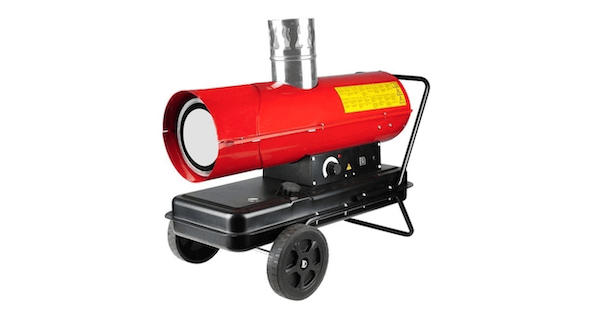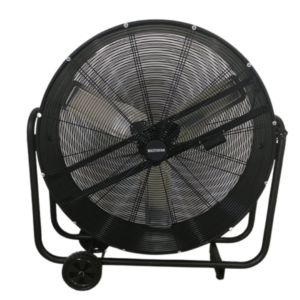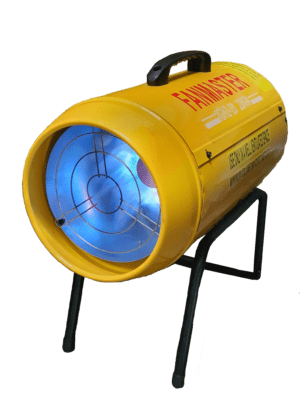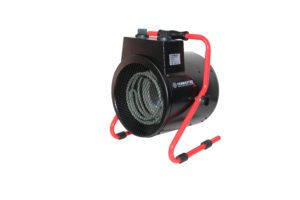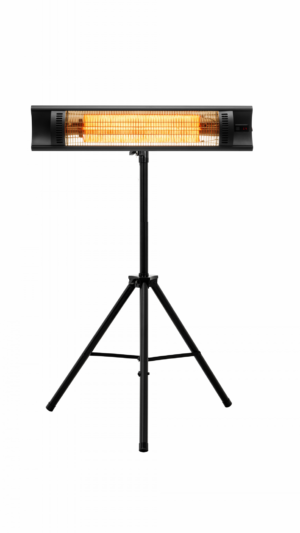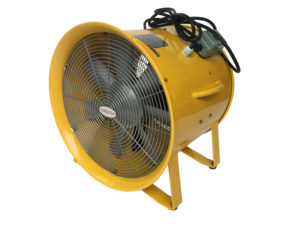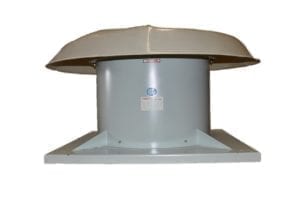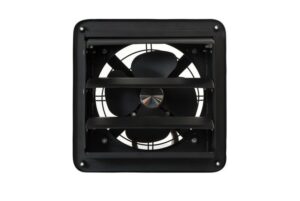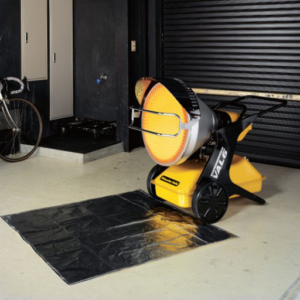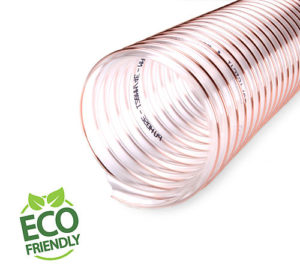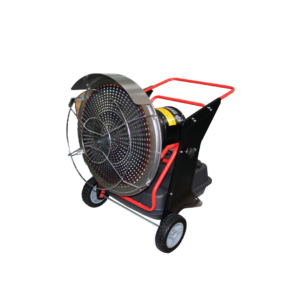When looking at the cost of purchasing and implementing fired heating in industrial settings, it is important to know exactly what you need from it. Direct and indirect are the main options for fired heaters, so you need to understand each to decide between the two. Let’s run through a comparison of direct fired heaters and indirect fired heaters for industrial use.
Direct Fired Heaters
A direct fired heater is ultimately a gas-powered heater with an open flame that offers a safer alternative for heating industrial spaces. It works by correctly balancing the air-to-fuel ratio, with gas supplied directly to the burner while the airflow offers the adequate oxygen required for combustion. The flow of air is guided through the burner where it fuses with the gas, causing the burner to fire with the airflow. Direct fired heaters are sometimes accompanied by cooling features as part of the equipment.
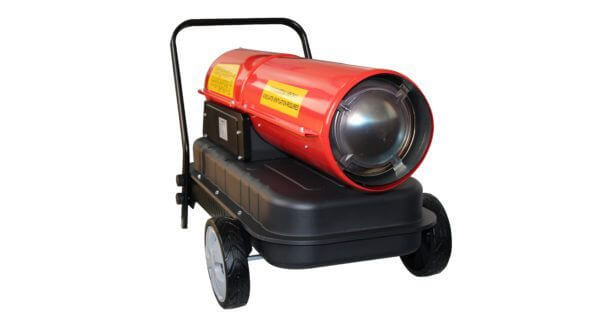
Pros And Cons Of Direct Fired Heaters
Direct fired heaters are extremely efficient as almost all of the gas used to fuel the heater is utilised, which brings the cost to fuel and operate down. Direct fired heaters are also smaller in size, which makes them space efficient and more sustainable in the long run. They are simple devices in that their operation process is easy to understand, so they don’t require absurd maintenance and are painless to put together. Their life expectancy is longer than indirect fired heaters, and the temperature is notably easier to control.
On the other hand, direct fired heaters require decent ventilation in order to operate within safety guidelines. Some buildings may also not allow direct fired heaters due to the intended purpose of the building. They also require fresh air, so if that is compromised it may become tricky.
Indirect Fired Heaters
Indirect fired heaters operate a bit differently, in that the airflow is heated via passing over a heat exchanger, allowing contaminants to be filtered out into the heat exchanger and then exhausted. Cooling equipment can also be sold as part of the heater, as with direct fired heaters.
Pros And Cons Of Indirect Fired Heaters
Indirect fired heaters don’t allow for contaminated air to be pumped back into the workplace, which makes them the preferred option in smaller spaces. All of the air can also be recirculated back into the heater as it does the job of filtration itself.
However, they are marginally less efficient than direct fired heaters which may result in higher costs for operation. They also generally cost a bit more than direct fired heaters due to the heat exchanger. They are somewhat complex so it may be tricky when it comes to installation. They are also larger in size, lacking the advantage of fitting in wherever you like.
That concludes our comparison of direct fired heaters and indirect fired heaters for industrial use. The differences are quite clear, so hopefully this has been helpful in deciphering which would better suit your requirements. To learn more about direct and indirect fired heaters, get in touch with Fanmaster.
